New to owning rural acreage, farm animals, lots of trees, a well, and/or barns and out buildings? Even inland dwellers need to prepare for severe weather resulting from hurricanes. Here’s how to get your homestead ready for a storm.
According to the National Hurricane Center, hurricane season for the Atlantic Basin (covering the Atlantic Ocean, Caribbean Sea and the Gulf of Mexico) runs from June 1 through November 30, with mid-August to late October being peak months for hurricanes in the region.
All over the coastal South, homes and businesses ready for high winds and torrential rains during these stormy months. And many of us have already weathered our first seasonal hurricanes of 2020 (for better or worse), and there's likely more to come.
Homesteaders and farmers have an extra set of considerations. Not only do you have to prepare your home, you need to secure livestock and land, and in many cases make a plan to live without power and access to resources for weeks after the storm has passed.
Follow these expert tips on how homesteaders can get ready for a major weather event.
Plan for Power Outages
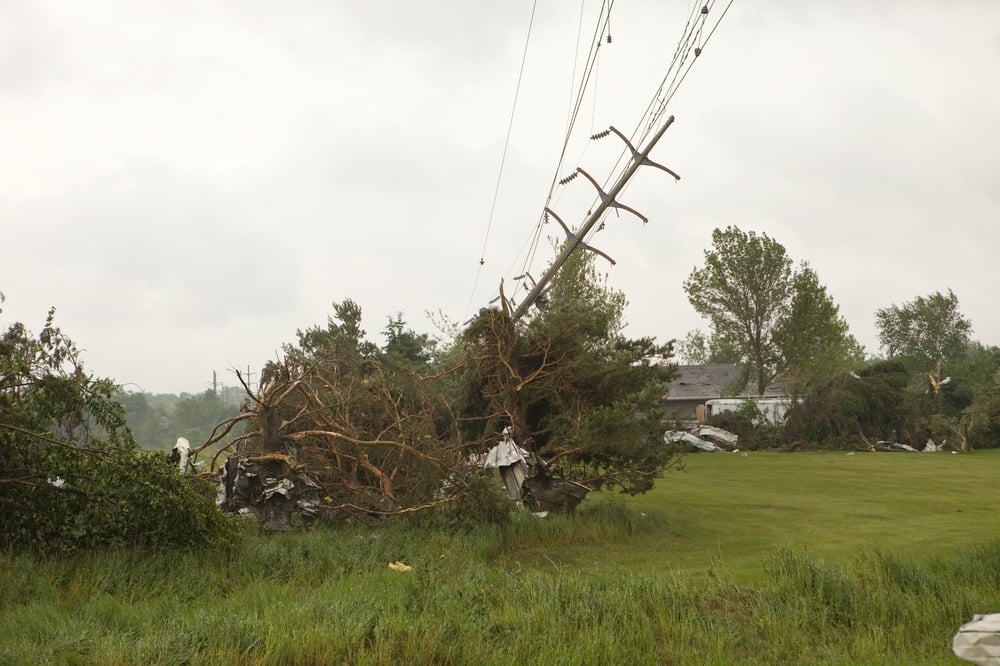
In his role as director for the University of Florida’s Jackson County Extension, Doug Mayo has responded to his fair share of hurricanes. And in 2018, he lived through a big one when Hurricane Michael became the first category 5 storm since 1992 to make landfall in the contiguous United States, and the first ever to directly hit the Florida panhandle.
No matter the size of the storm, the most prominent thing Mayo has seen in a storm’s aftermath is lack of power.
“What people don’t realize, generally a storm of any kind hits [and] the larger cities get taken care of first,” he says. “Often times in the rural areas, it’s two, three, four weeks without electricity.”
That means, Mayo says, rural dwellers need to be prepared to live independently and off the grid for the better part of a month.
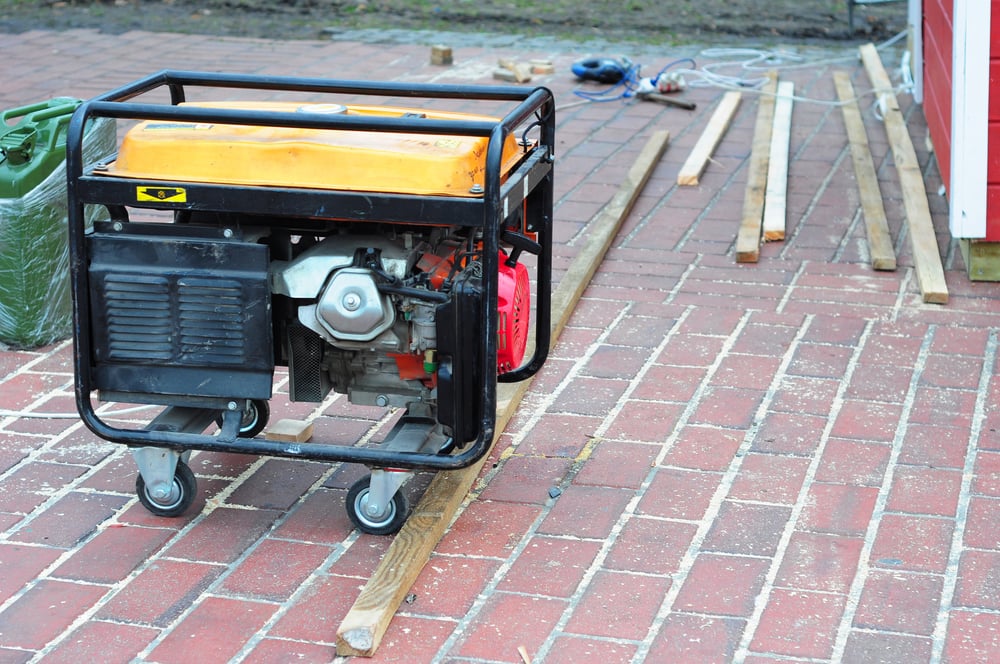
- Get a generator. It doesn’t have to be fancy or anything out of the ordinary. According to Mayo, a standard 5,000-watt model from the home improvement store will be enough to get you through a few weeks. The key is not to wait until a big storm is predicted (or passed) as stores may be sold out. Budget for a backup power source and get one before you need it.
- Don’t forget water. Many farms and homesteads get water from an on-site well. That means you’ll need to factor water into your generator needs. Depending on the size of your well, you could consider a solar well pump that will keep you in water even when the power grid is down. (A word to the wise: depending on the placement and portability of your solar panels, it may be a good idea to take them down during a storm and reinstall once the high winds have passed.)
Beyond assuring you have a functional well, Mayo recommends filling any water tanks you have on your property ahead of a storm.
Don’t Assume You’re Safe
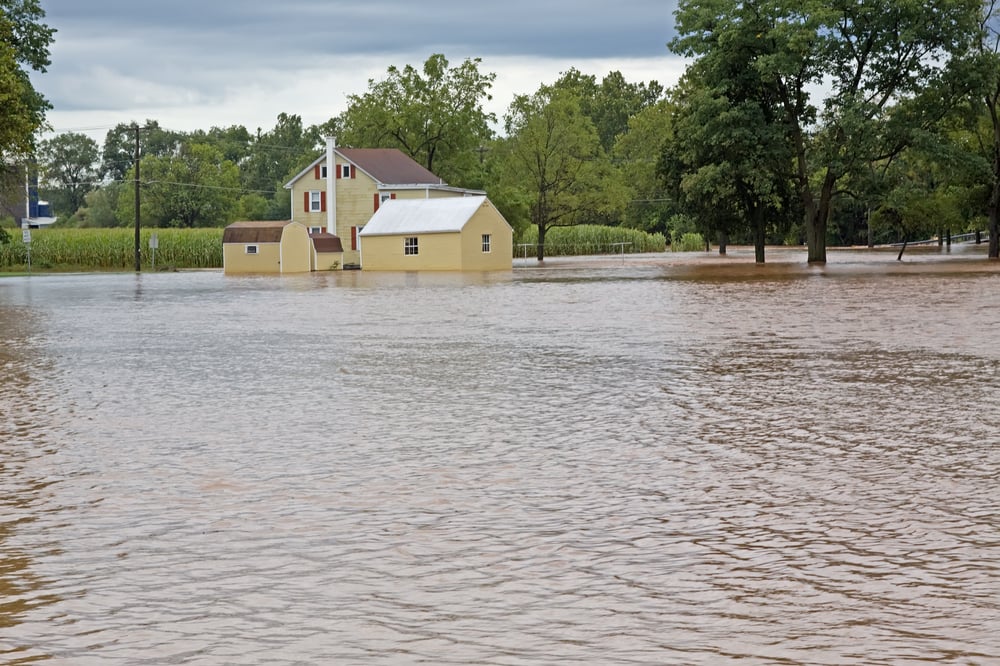
Your homestead likely isn’t beachfront property, but in-landers can’t assume they are in the clear when a major storm hits.
“Unfortunately, that’s what caught a lot of our folks [unprepared when Michael hit],” says Mayo. “We’re 50 miles inland they … didn’t stock up.”
Hurricanes produce high winds and torrential rains that can cause property damage and flooding miles inland. In 2016, for example, WBUR reported on heavy rains and winds that came as a result of Hurricane Matthew and nearly wiped out peanut and cotton crops from LATROS farm in Enfield, North Carolina, more than 100 miles from the Atlantic Coast.
Plan to DIY
After a storm, city roads and major highways get cleared first. Downed trees in rural areas may sit blocking roads or driveways for days — possibly weeks. Even a category 1 or 2 storm can knock down weaker trees rendering roads impassable.
“[Be ready] to deal with debris,” says Mayo. “At the very least, you need two chain saws and a chain and hopefully you can move the debris around with a tractor and a chain.”
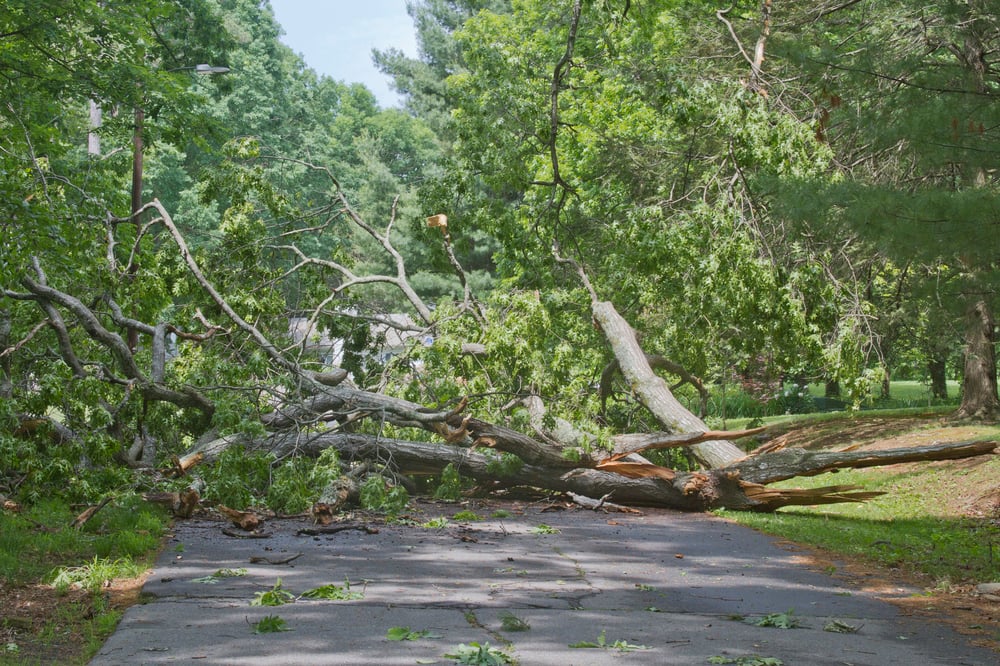
You’ll also need to put your DIY skills to use when it comes to repairing fences, especially if you have livestock that need to be kept in place. Mayo recommends having fencing supplies on hand as supplies tend to run out quickly in the aftermath of a storm.
Speaking of Animals...
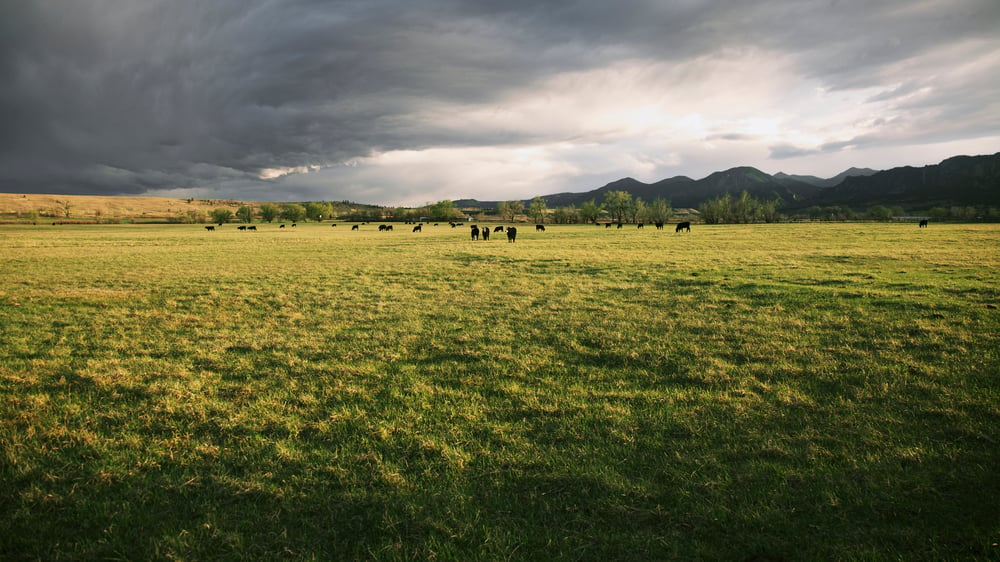
“It’s tempting to put [livestock] in a barn or something like that, stall them up,” says Mayo. “That’s the worst thing you can do.”
Barns aren’t generally built to withstand 100-mile-per-hour winds. When things start to fall, animals can get trapped, injured or killed.
“[Animals] need to be in an open area,” he says, “They have a way of managing. The best thing to do with animals is move them to open pasture in the middle of your farm.”
The same goes for tractors and heavy machinery. The worst damage is caused by falling trees or buildings. Mayo recommends moving equipment to higher ground to avoid flooding and securing things the best you can in the time you have to prepare.
“We had about three days [to prepare for Matthew],” he says. “Prioritize your time.”
Stock up on Food and Supplies
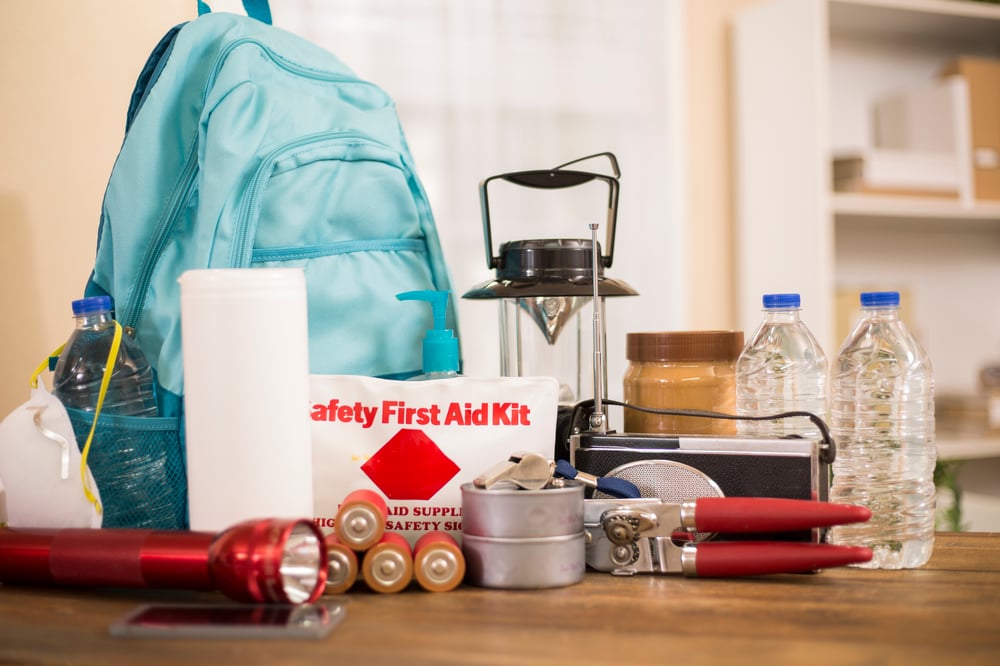
Have at least a two- to three-week supply of non-perishable food on hand. Mayo also recommends a camp stove to warm things up. And, don’t forget food for livestock and pets.
“I ran into [folks who] had stocked up on water and food but didn’t stock up on dog and cat food,” he says. “Cattle and horses may have grass to graze, but dogs and cats need purchased food. Make sure your shopping list for disaster prep [includes] all the animals.”
Also include flashlights and batteries for every family member or employee and basic first aid materials.
Prepare to Connect
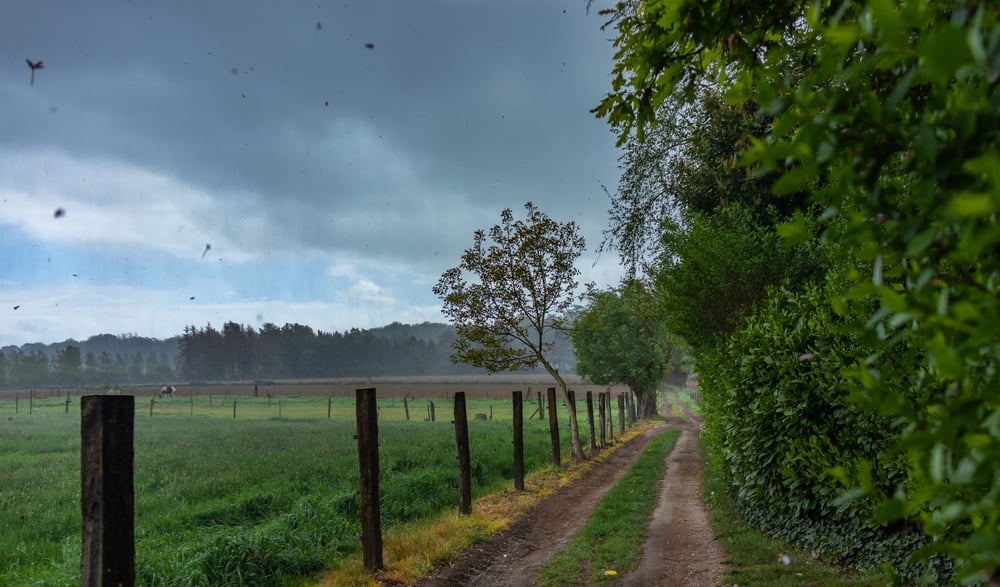
Do you have your nearest neighbor’s phone number on hand? How about your veterinarian or insurance provider?
Keep a list of updated phone numbers (including cell phone numbers as offices may be damaged or closed) for people with whom you’ll likely need to connect immediately after a storm, including:
- Neighbors
- Extended family
- Veterinarian
- Insurance providers for home, farm and car.
- Utility companies
- Local extension offices
Whether you store the numbers in your phone or in a specific physical location in your home, “go through every year and call them make sure numbers are good,” says Mayo. “Don’t wait until after the storm and you wonder if the numbers are any good.”
A generator will take care of keeping your cell phone charged.
Document Damage
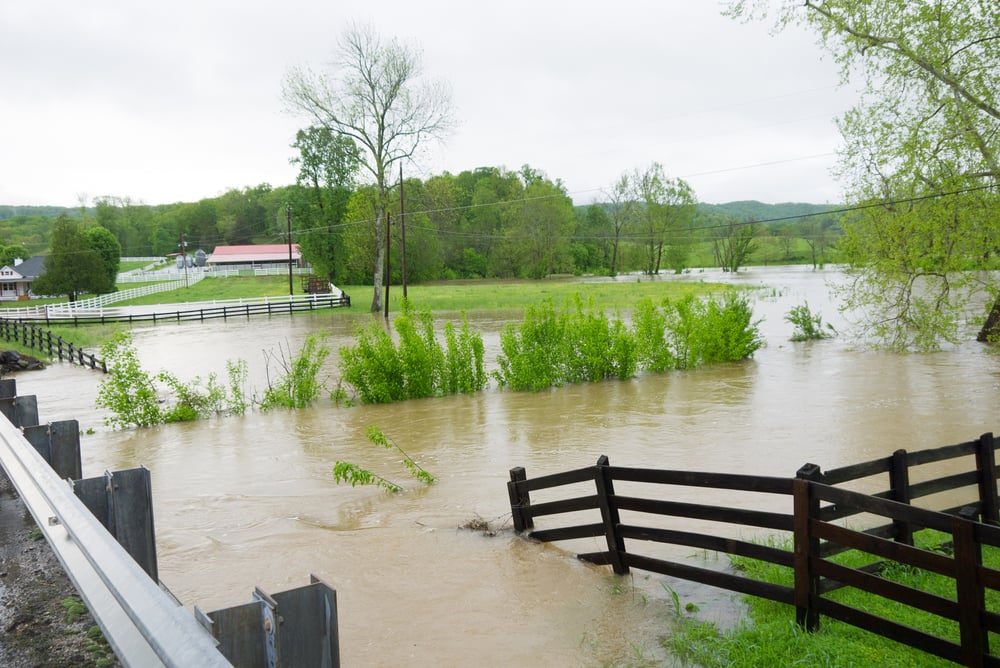
After the storm has past, but before you begin cleanup, take pictures of the damage you suffered as a result of wind, rain or flooding. Insurance providers or federal disaster programs will want proof of damage or loss for any claims you make.
Understand Crop Insurance
While there isn’t a whole lot you can do to protect crops and produce from storm damage, you can make sure you are covered.
Bone up on your crop insurance coverage and ensure you have enough and the right kind to recoup damages in the aftermath of a storm.
























